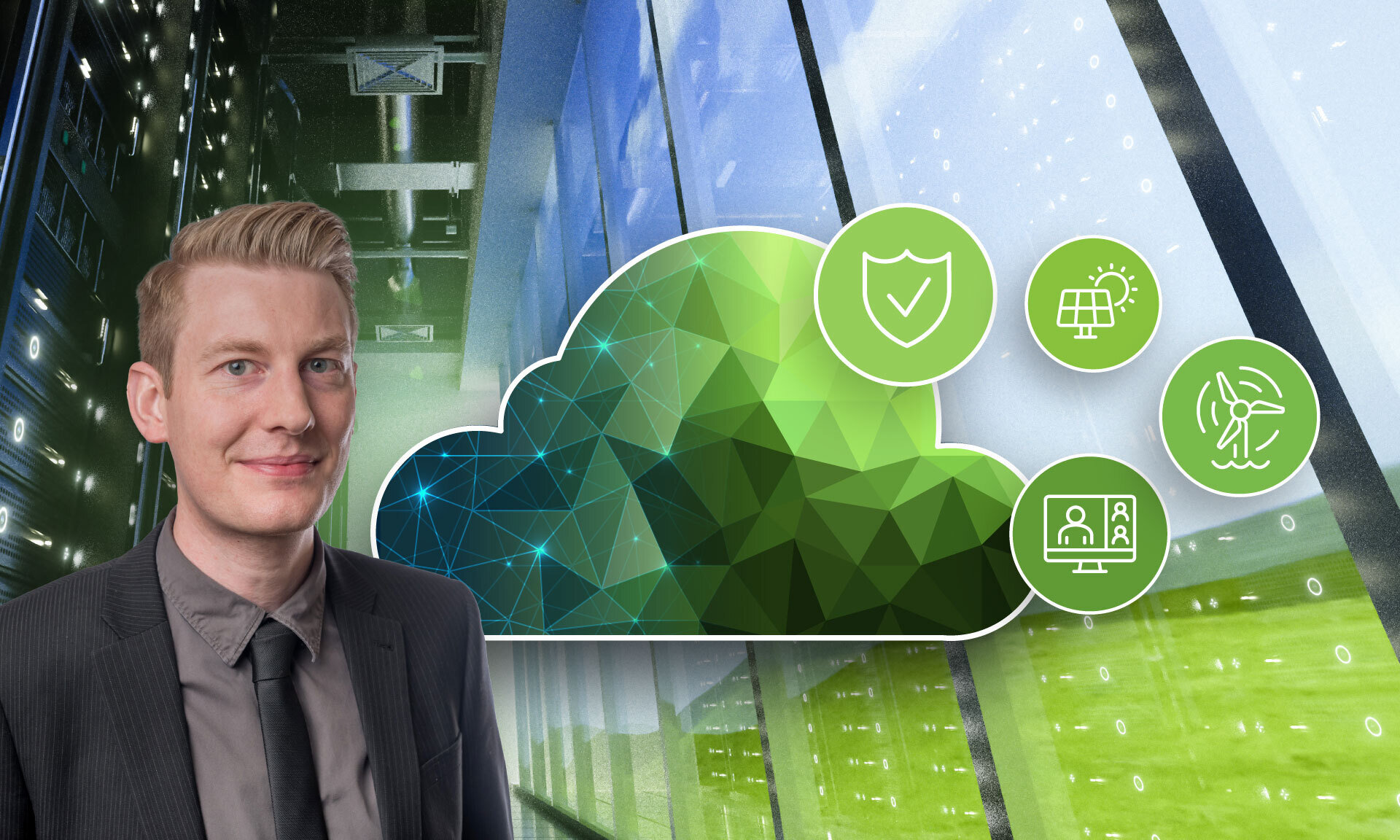Informed Solutions is proud to be certified carbon neutral. In this article Rich Naylor, Senior Infrastructure Engineer at Informed Solutions, explores the importance of constantly looking for smarter ways to manage our core infrastructure more efficiently, whilst also maintaining and improving security and accessibility.
From Smarter IT to Greener IT
As a certified carbon neutral company, we are constantly looking for smarter ways to manage the digital and IT infrastructure that underpins our business more sustainably and efficiently. We have also made a commitment to become net-zero by 2030. This will require us to explore new, more energy efficient ways of working – ensuring that our technology is constantly becoming greener and not just smarter.
Like a lot of organisations, we have historically invested in on-premise infrastructure that have typically been large, and occasionally loud, pieces of hardware that consume significant amounts of energy 24/7 for power, air conditioning and fire protection. As a business committed to operating sustainably, we could see there was an opportunity to change how we buy and run our infrastructure in a way that reduced our carbon footprint.
Over the years, we have developed a significant expertise working with cloud-based platforms for our clients, so this was the obvious route to explore. From researching the environmental and sustainability commitments that modern cloud providers now make, it quickly became clear that transitioning more of our infrastructure to the cloud would undoubtedly reduce our carbon footprint. So far, the main environmental benefits we’ve realised have included:
1. Reduced emissions through renewable energy
Most Cloud providers are committed to using 100% renewable energy by 2025-2030 and are well on their way to that target now. Our own carbon footprint is benefitting from this effort as more and more of our services move to the Cloud (Cloud providers report that their services are on-average 88% more energy efficient than on-premises solutions). Cloud providers are also establishing initiatives to use less water for cooling their data centres, including the use of non-potable water and evaluating climate patterns for different regions to conserve drinking water sources for the local environments.
2. Demand driven use of resources
Where possible, we can make use of serverless event-driven technologies to avoid running dedicated 24/7 infrastructure. For example, AWS’ Lambda and Microsoft’s Azure Functions provision resources, run code and release resources in response to different events that are triggered by users and applications, instead of needing permanently provisioned infrastructure. This not only reduces our environmental impact, but it also helps us to reduce the complexity and cost of our infrastructure.
3. A smaller global footprint
As we continue to expand globally, the same relatively small and demand driven footprint of cloud infrastructure can service all of our locations, removing the need for any local infrastructure.
For these reasons, our infrastructure projects are focussed on continuing to make use of the cloud wherever possible. Of course, there will always be a need for some infrastructure (e.g. network devices) to remain on-premise but, where this is the case, we are committed to the most sustainable appliances possible and operating carbon neutrally where we can. As an ISO 14001 certified organisation, we also subject ourselves to thorough independent audits so that we are continually challenging ourselves to improve the environmental sustainability of our infrastructure.
Continued innovation in digital infrastructure will consistently deliver more efficient, greener services that we can benefit from and, as part of our commitment to making the world a greener place, we’re going to take full advantage of them!
